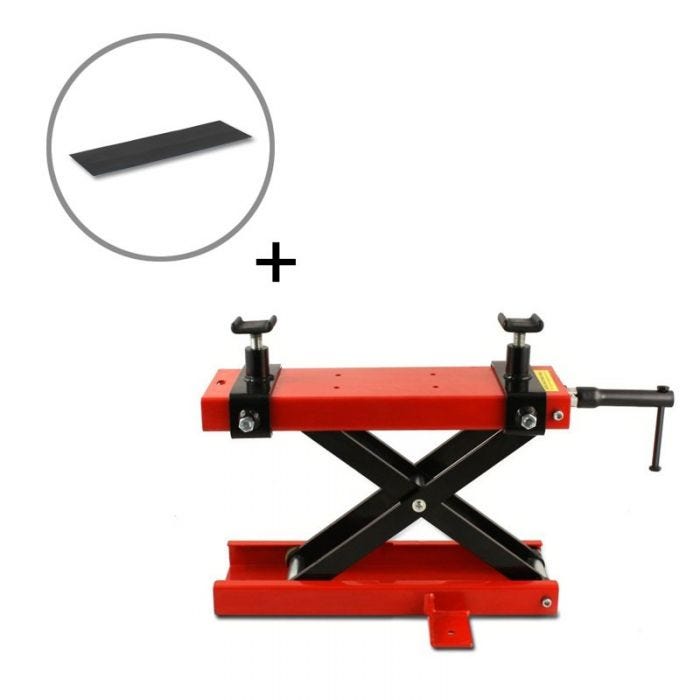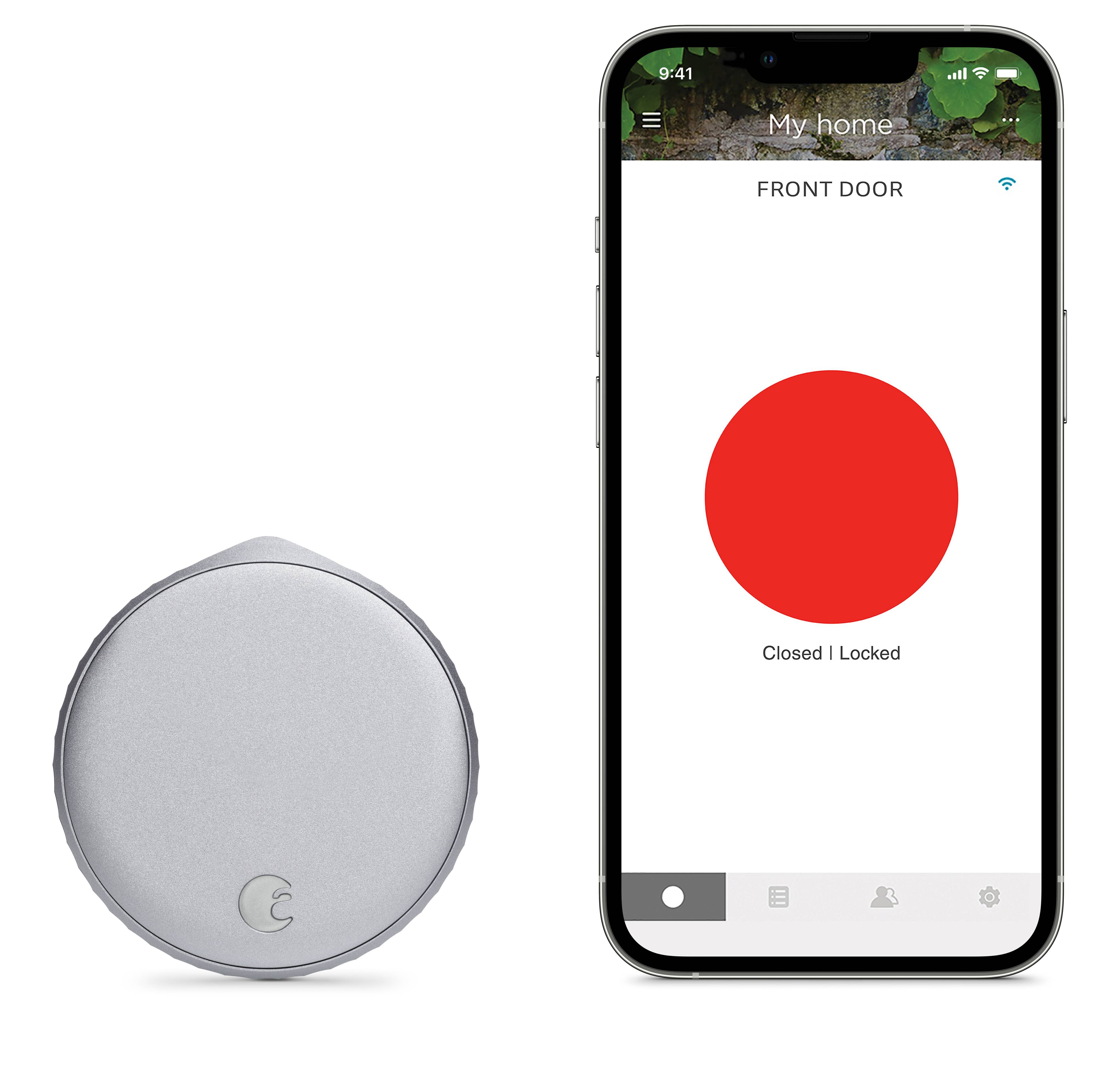
This article will help you understand what makes a cool car. It will cover the Audi RS3, Fiat 500 Abarth Fiat 500, Lotus Carlton and Rolls-Royce Wraith. They are all very cool cars. But, what makes one more cool than the other? These are just a few of the reasons. Remember, cool cars are subjective. Here are 10 examples.
Audi RS3
Audi RS3 makes a powerful and sporty car. It's a supercharged five-cylinder that uses advanced technology to deliver an explosive punch. The RS3 is also distinguished by its boxy design and the requisite performance parts. The unique design features of the car make it stand out. The RS3 will make a lasting impression on everyone, whether you're looking to impress or simply make a statement.

Fiat 500 Abarth
Fiat 500 Abarth has a racing heritage and is fun to drive. Although the Abarth 500 was pulled from the U.S., it is still one the most desirable cars in the class. The car has a fun, driver-centric feel, despite having a less rigid suspension setup and an interior that is not inspiring.
Lotus Carlton
The Lotus Carlton was a supercar and outperformed McLaren F1. Its six-cylinder engine delivered 662bhp and 791lb-ft of torque, and was also fitted with a six-speed ZF manual gearbox and a limited-slip differential from the Holden Commodore. The interior of the Carlton was equally luxurious with thick padded leather armchairs, wood trim and the Lotus logo on its dashboard.
Rolls-Royce Wraith
A cool car is one that is big and comfortable. Rolls-Royce Wraith is spacious and has large boot. However, it has the style and space to be a saloon. The Wraith can hold 470 litres of luggage, so you can easily take your entire luggage with you when traveling across continents. The Wraith's 632hp V12 Engine accelerates with precision and ease. Although it may not be the fastest car, the Wraith is comfortable and an absolute joy to drive.

Ford Bronco
The Ford Bronco's interior combines style and functionality with bold lines, easy-to reach physical controls and easy-to use buttons. It has four buttons with off-road functionality, a 12-inch touchscreen navigation display, and wireless smartphone charge via Apple CarPlay and Android Auto. The black and pale-gray color scheme carries over from the exterior. The seats are flat and are trimmed in leather.
FAQ
Is it hard to get a job working as an auto mechanic?
It is possible. Garages often advertise their jobs online and people just apply because it seems fun. Applying for several positions and seeing if they accept student applications is a good way to get your foot into the door. Alternatively, you could ask friends and family if they know anyone who works in the industry. They might be willing to recommend someone.
Is it important which college I go?
Not really. There is no difference between colleges in terms of how to get into the automobile industry. There are some schools that offer more specific programs than others.
To work as an automotive mechanic, do I need a degree? What about part-time study?
While a degree is not required, it does help. Employers prefer applicants who have completed a full-time degree. It shows that you've put the effort in and have done everything possible to succeed.
This doesn't necessarily mean you can't continue to work while studying. Some universities let students complete their coursework in the summer and then continue their studies during the school year. Other universities permit students to take classes part-time during the school year.
What information do I need about car mechanics
You don't need to know anything about cars to work as an auto mechanic. The only thing you need is the ability to fix them. This is why most people get started with simple jobs such as changing brake pads or tires. Then they move on to more difficult repairs.
You'll need the ability to read and understand diagrams and to follow simple rules of good practise. You must also be able judge if parts need to replaced or repaired.
It's important to remember that you shouldn't attempt to repair vehicles without having received proper training and guidance. This is especially true when you are dealing with costly components like engines and transmissions.
Even though you don't need to be an expert on cars, it is important to understand the fundamentals of mechanical engineering and physical physics. This involves understanding how engines work and how brakes work.
It is also important to remember that you will need to be able to handle many situations. For example, you may find yourself working on a vehicle that has been involved in a serious accident. Also, you'll need to be familiar with dealing with accidents or breakdowns.
Finally, you need to be willing and able to quickly learn new skills. You will need to be able not only to diagnose problems but also to perform simple maintenance tasks like tightening bolts and nuts.
Statistics
- Apprentice mechanics earn significantly less hourly than mechanics who have completed training, with a median wage of approximately $14.50 an hour, according to PayScale. (jobhero.com)
- The U.S. Bureau of Labor Statistics (BLS) reports that the job outlook for automotive service technicians and mechanics is expected to decline by 4% from 2019 to 2029. (indeed.com)
- There were 749,900 jobs available for automotive service technicians and mechanics in 2016, which is expected to grow by six percent through 2026. (jobhero.com)
External Links
How To
How to properly diagnose your vehicle for repair
You should first examine the symptoms your car is showing to determine if it requires repairs. Follow these steps to properly diagnose your vehicle.
-
Check engine lights. Inspect the dashboard light indicators. These include the engine lights, the oil pressure gauge and the battery light indicators. The RPM gauge and coolant temperature gauge should also be checked. If any of them have been flashing for several days, it may mean something is wrong with your vehicle.
-
Inspect the tire treads. Tire wear can lead to problems in handling and brake performance. You should inspect the treads on your wheel. They should be clean and smooth. The best way to do this is to remove the wheels and take them off. A flashlight can be used to check how worn the treads are.
-
Monitor the level and consistency of your brake fluid. You should always keep track of the amount of brake fluid in your vehicle. This will ensure your brakes function properly. If your brake fluid level is low they might not work properly when you apply pressure.
-
You should test the suspension system. It is common for vehicles to have a suspension system which absorbs shocks or vibrations. It provides better control and allows smoother acceleration and deceleration. Your vehicle might feel wobbly, or shake uncontrollably if it has a bad suspension. If you are unsure if your vehicle is suffering from a suspension problem, put weight on the front and rear axles to check the movement.
-
Take a look at the steering column. The steering columns are what connect the steering knob to the rest. Accidents often damage steering columns. If yours feels loose or shaky, you should replace it.
-
Observe the exhaust pipe. The exhaust pipe helps move gases from a combustion chamber into the atmosphere. You can let harmful fumes into your home if your exhaust pipes crack or leak. If your tailpipe bends, it is important to fix it immediately.
-
Check under the hood. Look underneath your hood to see if anything looks strange. There could be fluid leaking from your engine. Also, professional technicians should be called if you detect an unusual smell coming out of your engine compartment.
-
Check the air filter. The outside environment can collect dust and other debris in your vehicle's air filters. Dirty air filters can cause your vehicle to run poorly. Replace your air filter regularly.
-
Make sure you check the fan belt. Your vehicle's fanbel connects the engine and transmission. If the fan belt fails, the engine won't start. The process of replacing the belt is straightforward. All you need are a screwdriver & pliers.
-
Verify the radiator hoses. The radiator hose transports water from radiator to engine. It can become cracked or damaged and leak hot liquid onto your engine. You only need a pair of needle-nose pliers and a small wire brush to repair the hose.
-
The windshield wipers should be checked. Windshield wipers use electricity for snow and rain removal. If they stop working they could leave streaks behind on your window glass. Change the washer fluid to fix the problem.
-
Check the battery cables. The battery cables supply power to your car's electrical systems. Always disconnect the negative wire before you replace batteries. Failure to do so can damage your alternator.
-
Pay attention to your headlights. Headlights are used to illuminate the road ahead. They can make it difficult to see if they stop working. Check the bulbs to see if they've burned out.
-
Make sure you have your lights on. If you approach other drivers at night, lights will warn them. You could be distracted and cause an accident if one does not work.
-
Check your brakes. Before you collide with another vehicle, brakes will slow down the car. If your brakes aren't working properly, you may lose control and crash into other cars.
-
Make sure to change the oil. Your engine will stay lubricated by the oil. It helps keep metal parts from getting too worn down. It is recommended to change the oil once a month.